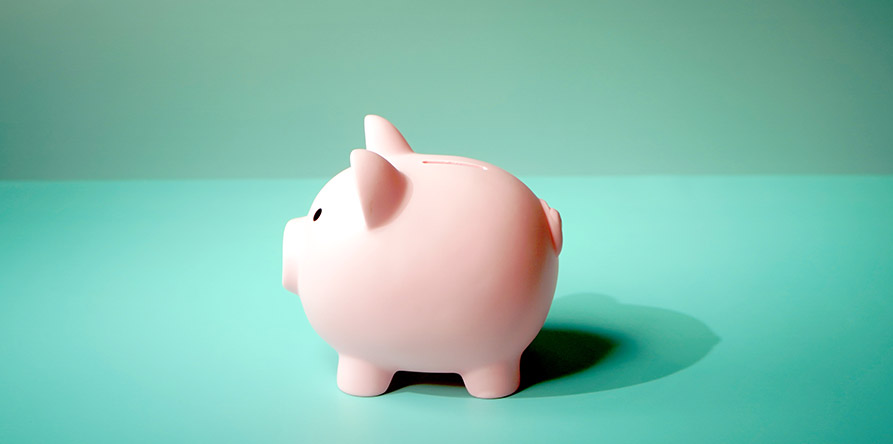
The basic personal amount (BPA tax credit): How to maximize to reduce the taxes you owe
Everyone wants to minimize their tax hit, but some people aren’t aware of one of the most straightforward bill-reducing strategies: maximizing the federal and provincial basic personal amount (BPA) on your tax return.
The basic personal amount is a non-refundable tax credit that all Canadians can claim. Anyone generating an income at or below that amount will pay nothing in tax; anyone making more than that amount will get a partial reduction on their taxes based on the BPA figure.
In 2025, the maximum BPA was set at $16,129 for taxpayers earning $177,882 or less. For incomes above this threshold, the amount gradually decreases, reaching a minimum of $14,538 for those earning $253,414 or more. It’s worth checking each year if the amount has changed due to inflation or government policy.
Because the BPA is a non-refundable tax credit, it reduces what you may owe in taxes, but if your total non-refundable tax credits are more than what you owe, you won’t get a refund for the difference, notes the Canada Revenue Agency.
Provincial governments also have a basic personal amount, although it will vary in each locale, and there can be some differences about how the BPA is applied. It can also change from year to year, so always worth double-checking the figures with your provincial government.
Doing the math
Here’s how you calculate the federal basic personal amount tax credit.
Let’s say you have an income of $50,000. The current federal tax rate is 14.5% for income up to $57,375. Multiply $15,375 by 14.5% to get the tax credit of $2,229.38. (The federal tax brackets will change slightly every year based on inflation.)
Then you need to calculate the BPA tax credit for the applicable provincial amount. For example, the BPA for 2025 in Ontario is $12,747, but in Alberta it’s $22,323. In Ontario, the current lowest provincial tax rate is 5.05%. Multiply the BPA of $12,747 by 5.05% to get the tax credit of $643.72. Again, double-check the current marginal tax rates or brackets, because they can be adjusted yearly based on inflation.
To determine your combined federal and provincial tax credit, you simply add up the two calculations ($2,229.38 + $643.72 = $2,873.10). Combined, the federal and provincial basic personal amounts can significantly reduce the total amount of income tax owed.
Most taxpayers are eligible for the basic personal amount. Usually it’s automatic; however, you need to verify eligibility for specific tax situations.
Transferring unused amounts
If you don’t use your full basic personal amount on your own tax return, you can transfer the unused portion to your spouse, as long as you are both Canadian residents. The transfer is made on the tax return, using Schedule 2, of the spouse who is receiving the transfer.
For example, if spouse A uses $10,000 of their $15,375 federal BPA, they can transfer the unused $5,375 to spouse B. Spouse B would claim the additional $5,375 on their tax return, in addition to their own $15,375 BPA, which will reduce their taxable income further.
The benefit of this strategy is that it ensures the family maximizes its tax savings overall, and it works well when one spouse has a significantly lower income than the other. Rather than leave out that unused BPA, transferring it to the other partner ensures the combined family benefits.
Understanding what the BPA is, its purpose and how it is applied can help you maximize tax savings. It’s important to stay up to date on recent CRA guidelines and changes to BPA amounts, though. Also talk to your advisor to ensure you’re maximizing your tax savings.


